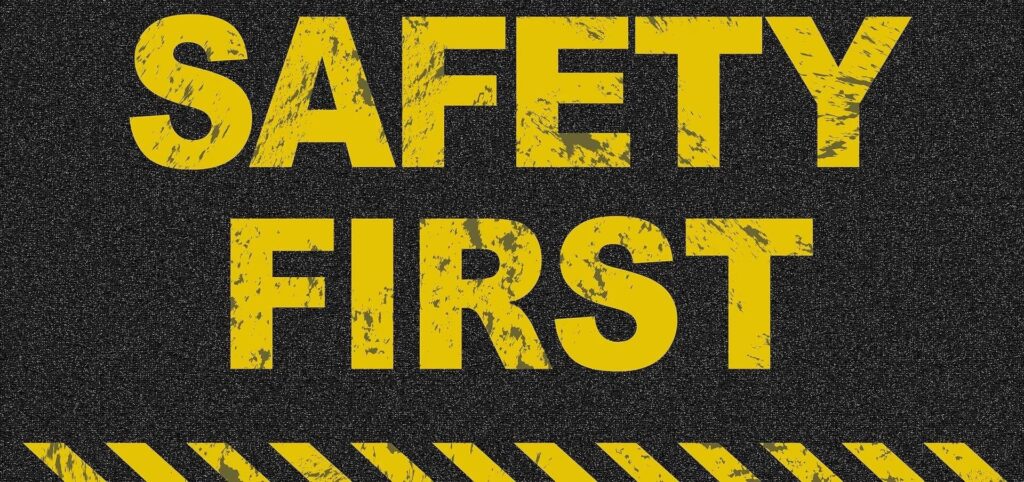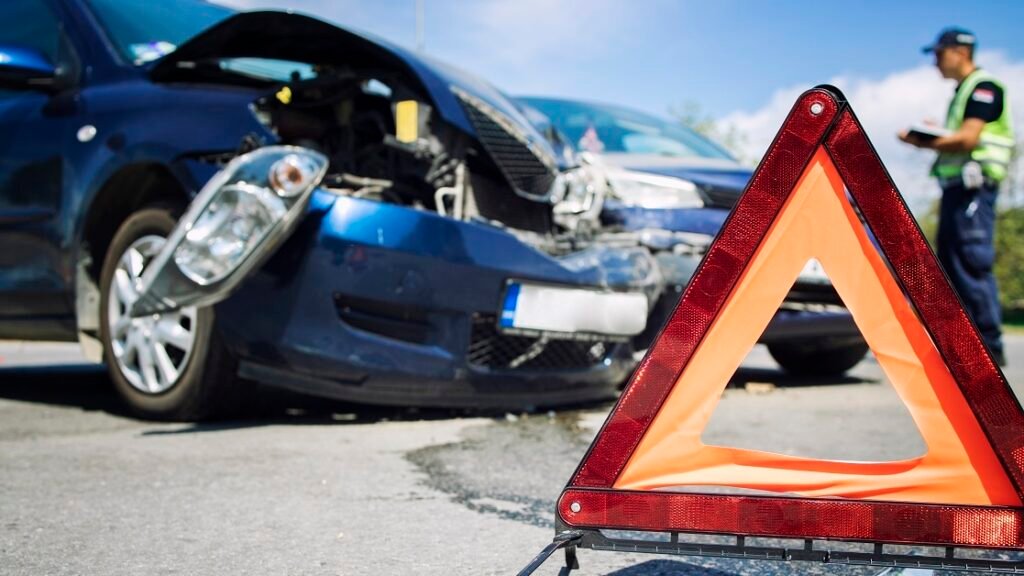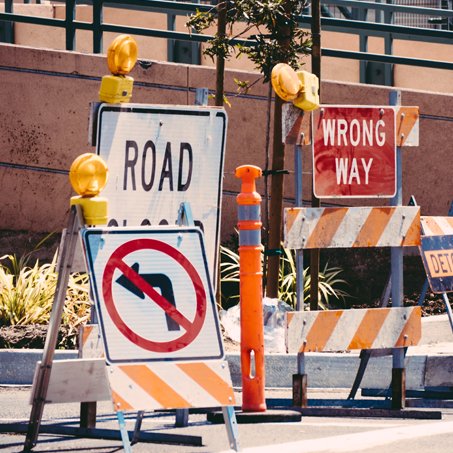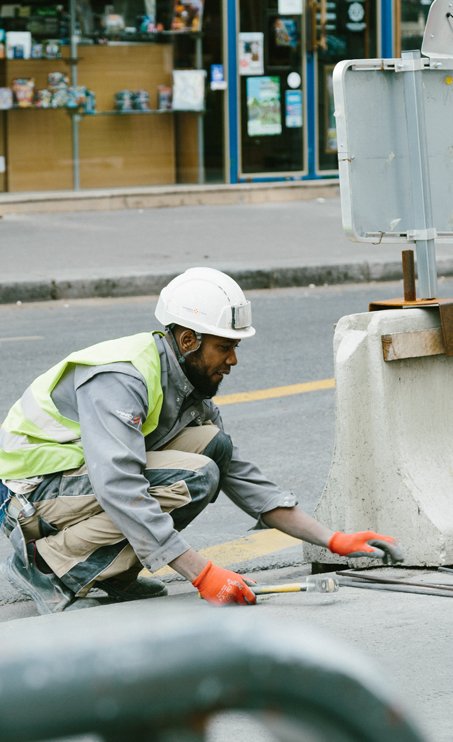Road crashes are the #1 cause of deaths in many densely populated and developed cities across the globe. Insufficient safety measures, lack of road safety awareness amongst people and general carelessness are one of the major factors causing the road crashes.

What Do the Statistics Say About Road Crashes in India?
India is one of the most thickly populated countries, with certain cities overflowing with the population. Following figures say a lot about the road accidents that take place in India. However, these figures also represent the cities of several other countries as well. Hence, they are worth the attention.
- More than 1,37,000 people were killed in road accidents in 2013 alone.
- 5 people die everyday on Delhi’s roads.
- One of the leading causes of road crashes and deaths happen due to drunken driving.
- More than 1000 road accidents occur everyday in India.
- Road crashes involving two-wheelers are about 25% of total road crash deaths.
- Nearly 20 children under the age of 14 die every day due to road crashes in the country.
These figures are alarming. The population of the globe is only increasing. And there will be more vehicles running on the roads in the coming years. In such a situation, it seems that road accidents will only increase if nothing is done about it. However, is it possible to prevent road crashes and make the roads safe for all?
Road Crashes Can Be Predicted and Prevented
The good news is, road accidents are not only preventable, but they are also predictable. Several countries have successfully reduced the road mishaps, thanks to proper road safety measures and other methods. Some of the road safety measures include the following:

Driver Behavior: Focuses on individual responsibility behind the wheel. It can cover topics like:
- Following traffic laws: Obeying speed limits, stopping at signs and signals, and avoiding distractions like phones are crucial.
- Defensive driving: Being aware of your surroundings, anticipating potential hazards, and maintaining a safe following distance can prevent collisions.
- Impaired driving: Driving under the influence of alcohol, drugs, or fatigue is a major risk factor. Always prioritize a designated driver or alternative transportation if you’re impaired.
Vehicle Safety: Highlights the importance of safe and well-maintained vehicles:
- Regular maintenance: Ensuring your car’s brakes, tires, lights, and other systems are in proper working order is vital.
- Seatbelt use: Seatbelts are the single most effective way to prevent serious injuries in a crash.
- Advanced safety features: Consider cars with features like automatic emergency braking, lane departure warnings, and blind spot monitoring.
Road Infrastructure: Explores the role of safe road design and maintenance:
- Road design improvements: Investing in well-maintained roads, clear lane markings, proper signage, and dedicated pedestrian crossings can significantly improve safety.
- Speed limit enforcement: Lower speed limits in high-risk areas and stricter enforcement can deter speeding, a major cause of accidents.
Public Education and Awareness: This section emphasizes the importance of ongoing education for all road users:
- Driver’s education programs: Comprehensive driver’s education that emphasizes safe driving practices is essential, especially for young drivers.
- Public awareness campaigns: Regular campaigns promoting responsible driving habits, seatbelt use, and pedestrian safety can make a big difference.
Besides, these countries have also formulated and implemented transport and land-use policies that promote safer and more efficient trips. They also encourage the use of safer modes of travel, such as public transport
To prevent road mishaps, it is important to incorporate injury prevention measures into road design and traffic management.
These countries have also made the vehicles more protective and visible for occupants, pedestrians and cyclists by making following changes to the design:
- Using headlights that run in the daytime as well.
- Mounting the brake lights higher
- Using more visible reflective materials on cycles, carts, rickshaws and other non-motorized forms of transport.
Conclusion
Finally, road safety is a shared responsibility. It needs commitment and informed decision-making by government, industry, non-governmental organizations, and international agencies if we want to reduce the world’s road traffic systems. Apart from this, it also needs the participation of people from many different disciplines, including road engineers, motor vehicle designers, law enforcement officers, health professionals, educators, and community groups.
If you are looking for solutions for Road Safety, then we at Ladwa Solutions Inc. are here to help you. Ladwa Solutions Inc. is a pioneer in the manufacture, supply, and export of Traffic Safety Equipment, Industrial Safety Equipment, Security Equipment, Barrication, and Retro-reflective signages.








